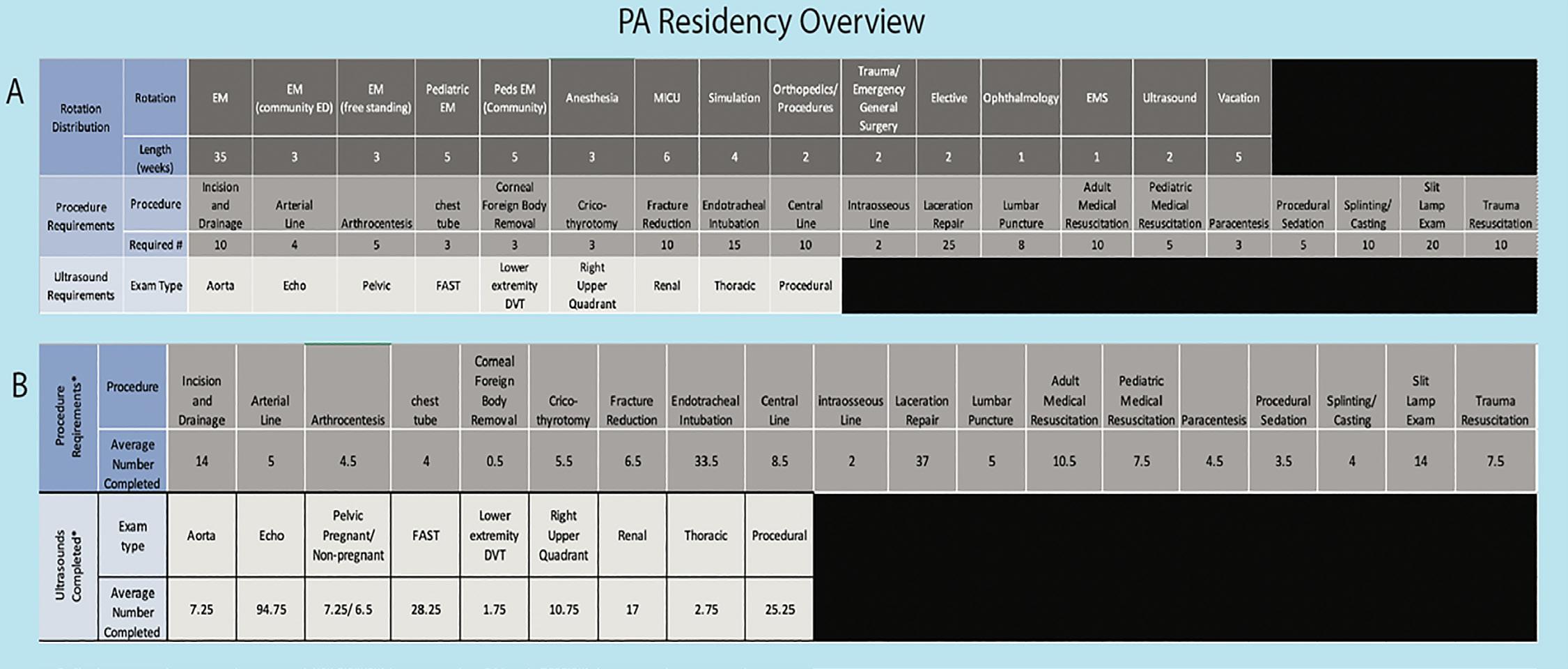Resident Perceptions of a Daily Productivity Dashboard
Goldflam et al. Graduate Medical Education (ACGME) resident survey.11 In response, we developed an automated resident productivity dashboard, which has been distributed daily via email to the entire residency since 2016. The dashboard mimics the one provided to attending physicians by our department’s administrative group and includes a table of the following productivity data attributed to individual residents by name, as extracted from the electronic health record (EHR) every 24 hours: total number of patients seen; number of patients admitted; median time to admission order for admitted patients; and median time to discharge instruction printing for discharged patients. The dashboard displays this data for each specific shift, attributed to the individual resident working on a given day, and as such is dependent on fluctuations in variables such as patient volumes, case complexity, and bed availability. It is sent as a daily email to the departmental listserv, allowing a public, side-by-side comparison of individuals. There is no immediate functionality to generate a longitudinal report for oneself via the email (although this can be obtained through the software by an administrator), and dashboard data has not been used in the formal assessment of resident performance. Objectives of our study were the following: 1) to assess residents’ perceptions of the productivity dashboard; and 2) to measure the impact of reviewing aggregate dashboard data on residents’ assessment of their own productivity. METHODS We sent an anonymous electronic survey focusing on resident experience with the daily dashboard to post-graduate year (PGY) 1-3 residents in our four-year EM residency during an in-person, residency-wide retreat in July 2019 (Supplement 1). The survey was developed by residency leaders through an iterative process, which included final editing after piloting by residency members exempt from the study who provided feedback on survey questions. The PGY-4 residents were excluded as their supervisory role was too variable within the clinical structure of our residency (eg, PGY-4 residents may or may not electronically sign up for patients if they are supervising a junior resident). The 10-question survey queried residents’ perceptions and perceived educational benefit of the daily dashboard, how often it was reviewed, how reflective it was of their actual performance, and how each resident felt their own productivity compared to that of their peers. After completing the first part of the survey, each resident was provided with their personal aggregate productivity data averaged over all shifts during the previous 10 months along with aggregated, matched peer-comparison data in a similar format to the daily dashboard, but with longitudinal data points rather than on a per shift basis. Residents were then asked again how they compared to their peers. Finally, residents were asked to identify additional quality and performance metrics that they would be interested in receiving. Most responses were Volume 23, no. 1: January 2022
collected on a five-point Likert scale, along with an option for write-in suggestions for improving the dashboard. This study was deemed exempt by the Yale University Institutional Review Board. All participants provided informed consent prior to beginning the survey. We calculated summary statistics for the general survey questions. The distributions of pre- and post-comparison self-ratings were analyzed using the Wilcoxon signed-rank test with the Pratt modification for observed differences of zero.12 Free-text responses were not comprehensive enough to warrant formal qualitative analysis. RESULTS All 43 eligible PGY 1-3 residents completed the survey, for a response rate of 100%. One resident was ineligible due to participation as an investigator in the study. Thirteen (30%) residents reported “rarely” or “never” reviewing the dashboard. None felt the dashboard measured their productivity or quality of care “extremely accurately” or “very accurately” (Figure 1). Almost all residents expressed interest in receiving personalized lists of 72-hour returns (37, 86%) or in-hospital escalations of care within 24 hours (39, 91%). Seven (16%) residents felt “very” or “extremely pressured” to change their practice patterns based on the metrics provided, while most felt moderate (15, 34.9%), slight (11, 25.6%), or no pressure at all (10, 23.3%). Twenty-eight (65%) would have preferred private feedback, rather than the public distribution of data. Most residents (18, 41.9%) felt neutral about how “helpful” the peer-comparison data provided during the survey was. Fifteen residents overall (35%), and 38% of residents reporting “rarely” or “never” looking at the dashboard, changed their self-perceived rank after viewing peer-comparison data. The overall change in how residents perceived themselves after review of the comparison data—ie, viewing themselves more positively or more negatively than before—did not show a significant trend in one particular direction (z = 0.71, P = 0.48). Free-text feedback collected consisted of only five brief comments, including concerns about “gaming the system” resulting in inaccurate data collection on the dashboard and the department valuing “throughput over high quality, thorough care.” DISCUSSION The development and dissemination of productivity data has been requested by our residents both informally and formally through the annual ACGME survey, and this is an area of interest to many residents and educators.10,13-15 The resident sentiment regarding our implementation, however, was mixed. Residents seemed skeptical of how accurately the data provided reflected their work, feeling it was less accurate in reflecting their quality of care than their productivity. The origin of this sentiment warrants further investigation since higher resident confidence in the fidelity of the data presented could drive 87
Western Journal of Emergency Medicine













